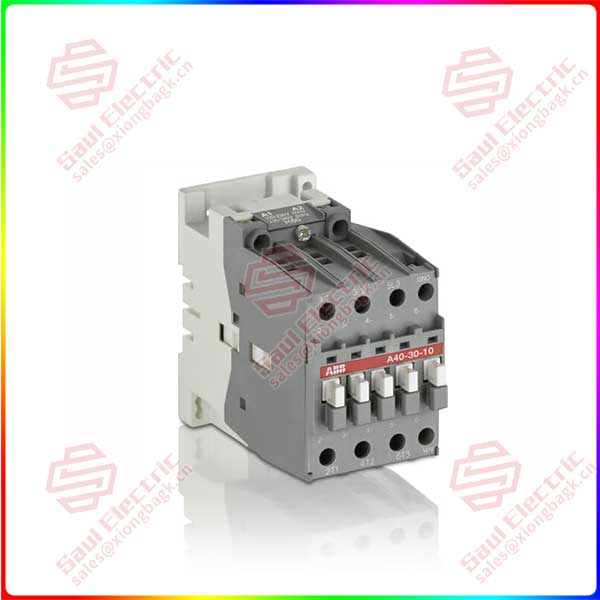AI-Augmented Development
AI enhanced development refers to the use of AI techniques such as generative AI and machine learning to assist software engineers in application design, coding, and testing. Ai-assisted software engineering increases developer productivity and enables development teams to meet the growing demand for software for business operations. These AI-integrated development tools can reduce the time software engineers spend writing code, freeing them up for more strategic activities such as designing and assembling compelling business applications.
Intelligent Applications
Gartner defines “intelligence” in intelligent applications as the learned adaptability to autonomously make appropriate responses. In many use cases, this intelligence is used to better enhance the job or increase the automation of the job. As a foundational capability, intelligence in applications encompasses a variety of AI-based services such as machine learning, vector storage, and connected data. As a result, smart applications can provide an experience that constantly ADAPTS to the user.
There is a clear need for smart applications. In the 2023 Gartner CEO and Business Executives Survey, 26 percent of ceos cited talent shortages as the most damaging risk to their organizations. Attracting and retaining talent is a top HR priority for ceos, and AI is considered the technology that will have the greatest impact on their industry over the next three years.
Augmented-Connected Workforce
The Enhanced Connected Workforce (ACWF) is a strategy to optimize employee value. The need to accelerate and expand the pool of talent is driving the ACWF trend. ACWF uses intelligent applications and workforce analytics to provide daily context and guidance that contributes to workforce experience, well-being and their own skills development. At the same time, ACWF delivers business results and positive impact to key stakeholders.

A40-30-10 110-120V
By the end of 2027, 25 percent of Chief Information Officers (CIOs) will use an Enhanced Connected workforce program to reduce the lead time in key roles by 50 percent.
Continuous Threat Exposure Management
Continuous threat Exposure Management (CTEM) is a pragmatic, systematic approach that enables organizations to consistently and uniformly assess the accessibility, exposure, and availability of their digital and physical assets. Adapting CTEM assessment and remediation scope to a threat vector or business item, rather than an infrastructure component, can uncover not only vulnerabilities, but also threats that cannot be patched.
Gartner predicts that organizations that prioritize security investments under the CTEM program will reduce vulnerabilities by two-thirds by 2026.
Machine Customers
A machine customer (also known as a “customer robot”) is a non-human economic actor that can autonomously negotiate and purchase goods and services in exchange for payment. By 2028, 15 billion connected products will have the potential to become customers, and this number will increase by billions in subsequent years. By 2030, this growth trend will bring in trillions of dollars in revenue, and its importance will eventually surpass the emergence of digital commerce. Strategically consider opportunities to facilitate these algorithms and devices and even create new types of customer robots.
Sustainable Technology
Sustainable technology is a framework of digital solutions used to achieve environmental, social and governance (ESG) outcomes that support long-term ecological balance and human rights. The use of AI, cryptocurrencies, the Internet of Things, cloud computing and other technologies is raising concerns about related energy consumption and environmental impacts. As a result, improving efficiency, circularity and sustainability in your use of IT has become even more important. In fact, Gartner predicts that by 2027, 25% of CIOs’ personal compensation will be tied to their impact on sustainable technologies.
Platform Engineering
Platform engineering is the discipline of building and operating self-service in-house development platforms. Each platform is a layer that is created and maintained by a dedicated product team and supports user needs by interfacing with tools and processes. The goal of platform engineering is to optimize productivity and user experience and accelerate the realization of business value.
Industry Cloud Platforms
Gartner predicts that by 2027, more than 70 percent of enterprises will use industry cloud platforms (ICPs) to accelerate their business initiatives, up from less than 15 percent in 2023. ICP combines underlying SaaS, PaaS, and IaaS services into a full suite of products with composable capabilities to drive industry-relevant business outcomes. These capabilities typically include industry data weaving, packaged business function libraries, composite tools, and other platform innovations. ICP is a cloud solution tailored to specific industries to further meet the needs of organizations.
 1 Year Warranty
1 Year Warranty





